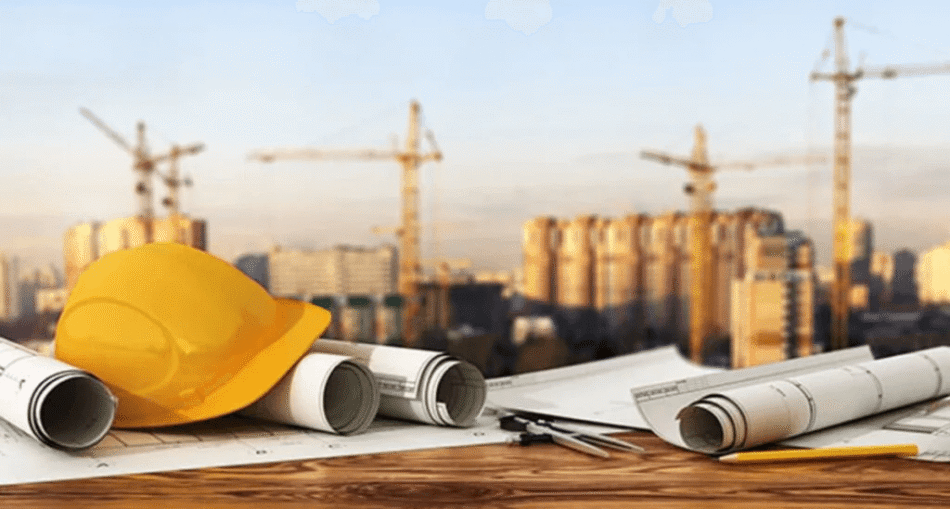The construction industry has long been a cornerstone of economic development across the globe. In Pakistan, this sector has evolved from modest beginnings to a complex and dynamic industry, playing a critical role in the country’s infrastructure, urbanization, and employment. Over the decades, Pakistan construction companies have transformed from small, family-run businesses into major players capable of executing large-scale projects that meet international standards.
Early Beginnings: A Modest Start
Following Pakistan’s independence in 1947, the country was faced with the monumental task of nation-building. The construction sector was underdeveloped, characterized by limited resources, manual labor, and basic tools. Most construction activities at the time were government-led, aimed at developing administrative buildings, transportation infrastructure, and housing colonies for resettled populations.
Private construction companies during this period were rare, and those that existed were largely small contractors relying on manual processes. The demand for infrastructure was high, but technical expertise, heavy machinery, and capital investment were scarce.
The Development Phase: 1960s–1980s
The 1960s marked a turning point as Pakistan began to invest heavily in infrastructure and industrialization. Mega projects like the Mangla and Tarbela dams, funded with international assistance, opened doors for local firms to partner with foreign engineering companies. These collaborations exposed domestic firms to modern construction techniques and project management practices.
During this era, several Pakistani firms began establishing themselves as reliable construction service providers. Government agencies like the Pakistan Public Works Department (PWD) played a major role in awarding contracts, which encouraged competition and growth in the private construction sector.
By the 1980s, Pakistan construction companies started expanding their capabilities, taking on projects such as highways, schools, hospitals, and industrial plants. Local universities began offering civil engineering degrees, creating a skilled workforce to support the industry.
The Rise of the Private Sector: 1990s–2000s
The economic liberalization policies introduced in the 1990s led to significant private sector participation in the construction industry. This period saw the rise of real estate developers, private housing societies, and commercial construction firms. The construction boom in major cities like Karachi, Lahore, and Islamabad gave rise to firms specializing in high-rise buildings, commercial plazas, and residential complexes.
Real estate development became a lucrative business, and many construction companies diversified their services to include architectural design, engineering consultancy, and project financing. Technology began to play a bigger role as CAD (Computer-Aided Design), 3D modeling, and automated machinery improved accuracy and efficiency.
During this time, notable firms such as Habib Construction Services, ZKB Engineers and Constructors, and NLC expanded their portfolios and established themselves as leaders in the industry. Their work on major projects such as motorways, airports, and industrial zones gained national and international recognition.
Modern Era: 2010s–Present
The last decade has witnessed rapid urbanization, increased foreign investment, and significant policy reforms that have further propelled the construction sector. Initiatives like the China-Pakistan Economic Corridor (CPEC) brought billions of dollars into infrastructure development, including roads, energy plants, railways, and industrial zones.
Many Pakistan construction companies partnered with Chinese firms to undertake these massive projects. This collaboration not only brought financial capital but also introduced advanced construction technologies, efficient project management systems, and modern safety standards to local companies.
At the same time, the real estate sector flourished with the growth of private housing schemes such as Bahria Town, DHA, and Capital Smart City. These projects pushed construction firms to innovate with eco-friendly designs, smart technology integration, and sustainable building practices.
Key Drivers of Growth
Several factors have contributed to the evolution and success of Pakistan’s construction companies:
1. Government Policies and Infrastructure Spending
Public sector investment in transport, energy, and water infrastructure has consistently provided opportunities for construction firms. The Public Sector Development Programme (PSDP) has been a significant funding source for such initiatives.
2. Urbanization and Population Growth
With a population exceeding 240 million, urban centers in Pakistan are expanding rapidly. This urban growth has fueled demand for housing, transportation networks, and commercial spaces.
3. Foreign Investment
CPEC and other foreign direct investments (FDI) have catalyzed construction activity, encouraging partnerships and technology transfer between local and international firms.
4. Technological Advancements
The adoption of digital tools like Building Information Modeling (BIM), drones for surveying, and automated construction equipment has improved efficiency, reduced costs, and enhanced project outcomes.
5. Real Estate Expansion
A booming real estate market, with major investments in gated communities, malls, and office towers, has led to the specialization and diversification of many construction firms.
Challenges and Roadblocks
Despite this growth, Pakistan construction companies still face a range of challenges:
-
Regulatory Hurdles: Complex approval processes and inconsistent regulatory frameworks can delay projects.
-
Economic Instability: Fluctuating inflation, currency depreciation, and political uncertainty can deter investment and increase construction costs.
-
Skilled Labor Shortage: While the sector employs millions, there is still a shortage of technically trained laborers and engineers.
-
Lack of Financing Options: Limited access to affordable financing hampers small and mid-sized construction firms from scaling operations.
Future Outlook
The future of becoming a best construction companies in Pakistan looks promising, provided key reforms are implemented. Digitization, green construction, and smart city development are likely to dominate the next phase of evolution. Government initiatives such as the Naya Pakistan Housing Scheme aim to build millions of affordable housing units, offering a steady pipeline of work for construction firms.
There is also increasing awareness of climate change and the need for sustainable practices. Companies that embrace green technologies, energy-efficient designs, and environmentally responsible sourcing will gain a competitive edge.
Conclusion
The journey of Pakistan construction companies reflects the broader economic and industrial trajectory of the country. From humble beginnings to becoming pivotal players in infrastructure and development, these firms have grown in capability, scale, and sophistication. As Pakistan looks to modernize and urbanize further, the construction sector is poised to remain a central pillar of its growth story. With the right policies, investment, and innovation, these companies can not only build the future of Pakistan but also expand their footprint in regional and global markets.







